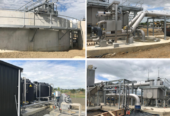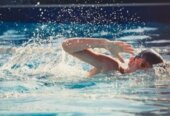Lake Ngā Roto will soon be no more.
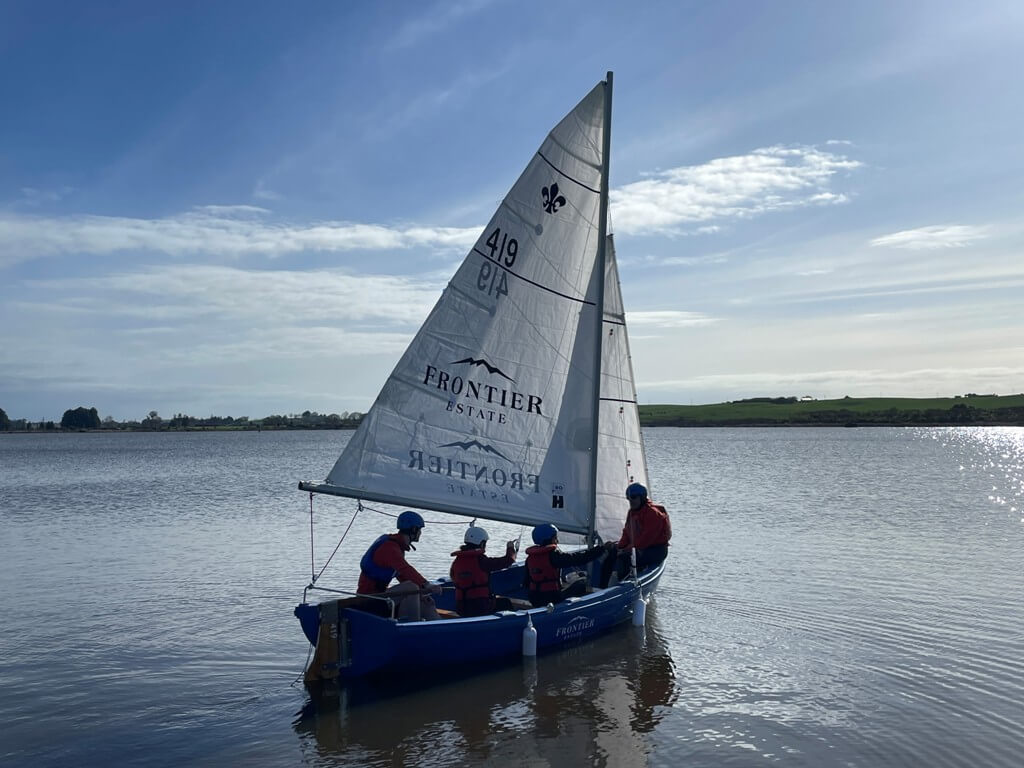
Scout leaders instruct youth during a sailing assessment on Lake Ngā Roto near Te Awamutu.
Te Awamutu–Kihikihi Community Board heard the lake’s name would soon be changed to Wairoto as members prepared a submission on Waipā District Council’s Lake Ngā Roto Management Plan.
At least one was taken by surprise.
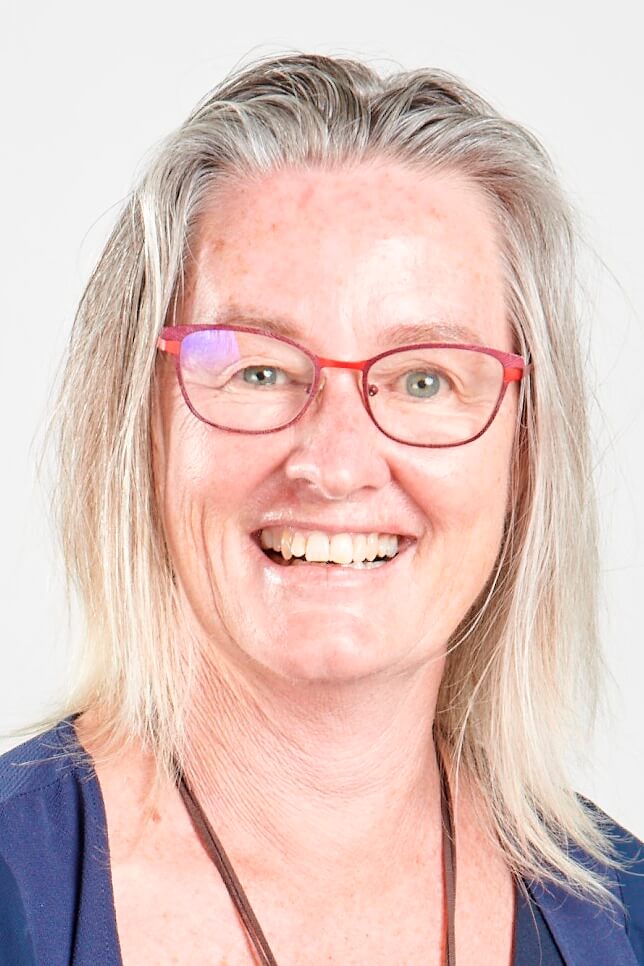
Sally Whitaker
“Whose idea was it to change the name? How did this come about? I don’t understand,” asked board member Sally Whitaker.
XYST Ltd senior consultant Anna McElrea told the latest board meeting the current name was incorrect, with Ngā meaning many and roto meaning lake.
“The drive has come through working with iwi, and the traditional name that they use,” McElrea said.
The Reed Dictionary of Modern Māori defines ngā as “the (plural)”. Waikato Regional Council’s website refers to the lake as Ngāroto/Wairoto, while Waipā District Council lists it as Ngā Roto, a style adopted by The News in 2022.
The board threw its support behind the 30-year management plan, as it seeks to restore the health of the lake but Whitaker had reservations. The lake is currently under a Health New Zealand health warning.
“My concern is the money required, when we are a cost-of-living crisis” she said.
Whitaker said she understood plantings undertaken at the lake had to be repeated because the council had neglected to weed after planting.
“I feel quite upset that the regional and [district] council have allowed it to get to the water quality level that it is, and how long it’s been like that,” she said.
Whitaker wondered how more run off from residential development at Ōhaupō had impacted the lake.
McElrea said run off from surrounding dairy farms led to the huge nutrients loads in the lake. The nutrients led to harmful algal bloom.
“There has to be some big changes to what is happening in the catchment,” she said.
The implementation of Plan Change One by Waikato Regional Council in coming months would lead to improvements, as farmer development environmental management plans.
Ngā Roto is tapu, or sacred, to mana whenua, as one of the first areas to be settled post the migration of Māori inland from Kāwhia.
Last year Ngā Roto Sailing Club asked the council to clean up the lake by dredging it.
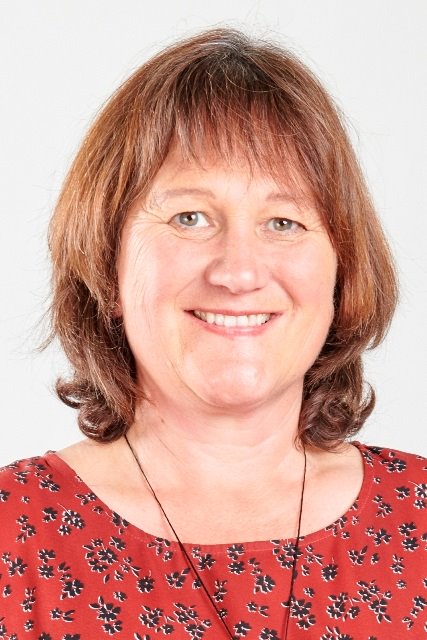
Ange Holt
Meanwhile Te Awamutu-Kihikihi chair Ange Holt told the council’s Strategic Planning and Policy committee this week the board was disappointed community board members were not being supported about some issues.
Deputy chair Kane Titchener had worked hard on behalf of the board to raise awareness of new scientific data from the United States regarding fluoridation.
The Health ministry directed Waipā to add fluoride to the Cambridge water supply.
“As a community board we have supported stopping the addition of fluoride, not only due to the harm it may cause but because we as a community should have a choice to have fluoride in our water – it should not be a government decision,” said Holt.

Kane Titchener
“In reflecting we have done our best to act on behalf of the community who elected us. We worked very hard to get the Holmes Garage Project across the line, we have continued to speak up for the community. Unfortunately, most of these things have not gone in the direction the community supported.”
The project proposed to repurpose the former garage in Mahoe St near Te Awamutu Library for a community space including indoor markets.
But the board chalked up one success – it got extended parking in the Te Awamutu CBD from one to two hour parking.
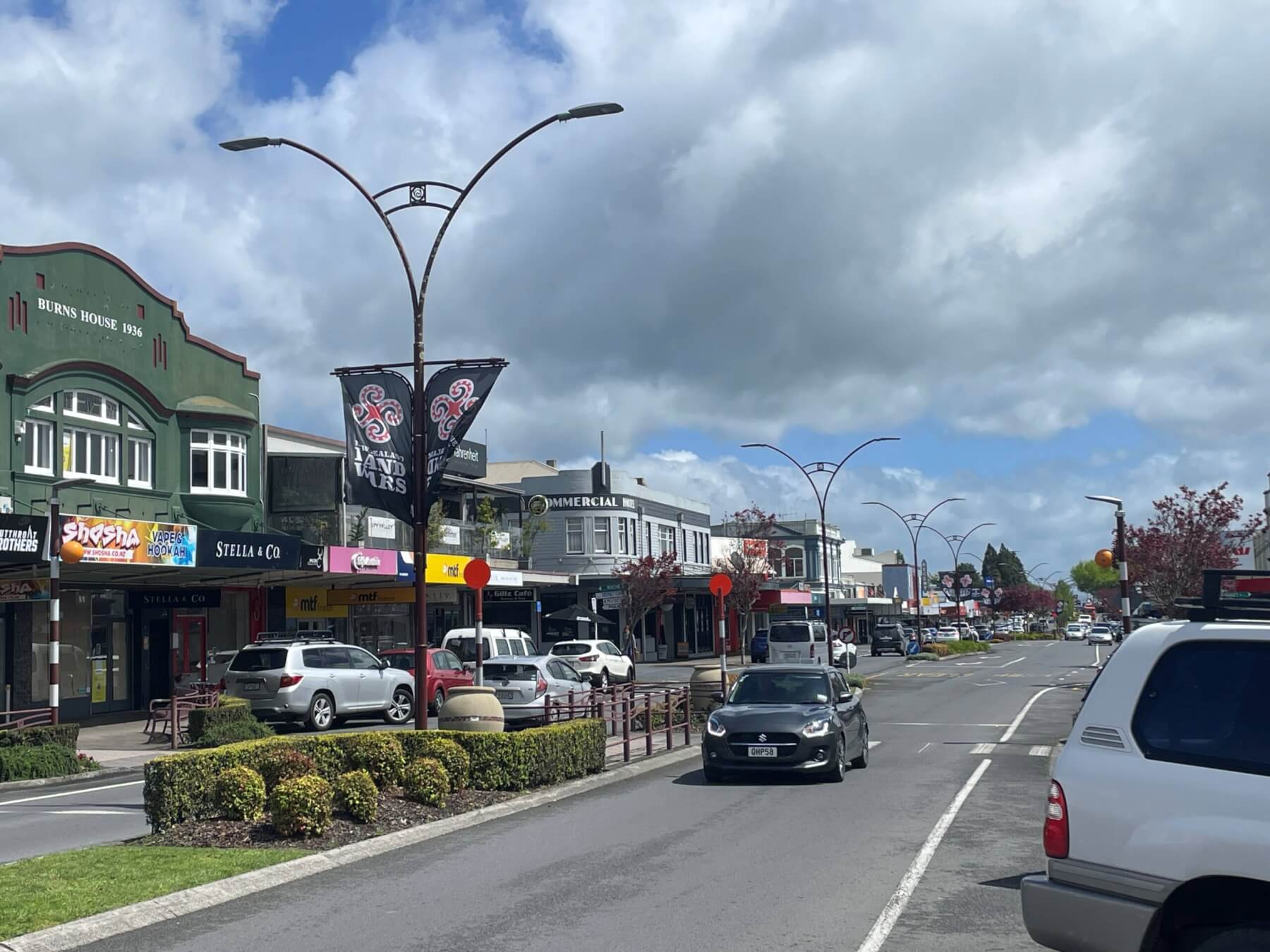
Te Awamutu Kihikihi Community succeeded in extending parking limits in Te Awamutu. Photo: Mary Anne Gill





